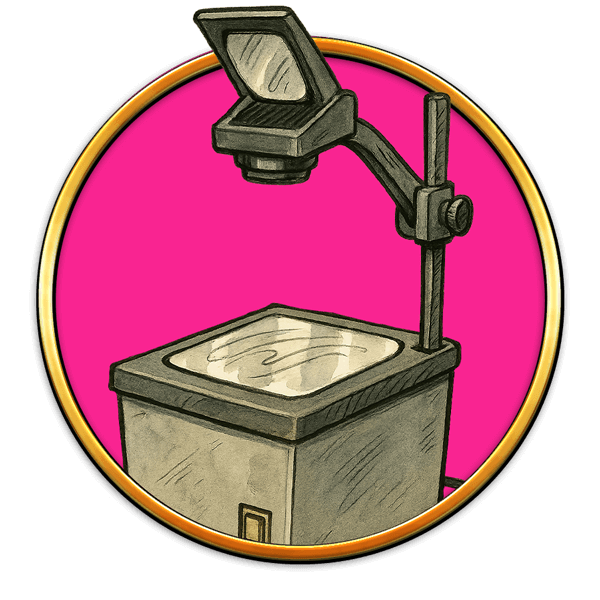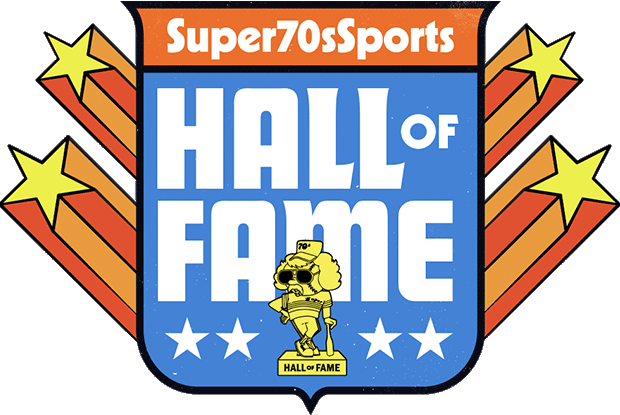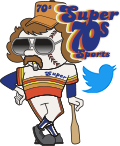Before smartboards, PowerPoint, and YouTube clips of dancing mitochondria, we had the overhead projector—that wheezing, humming, glorified light cannon that turned every classroom into a flickering cave of low-tech possibility.
You remember the beast. Big boxy thing with a glass top, a blazing-hot bulb that could fry a grilled cheese, and a telescoping mirror arm that looked like NASA built it out of spare parts and anxiety. The second it powered on, the classroom dimmed, the fan whirred, and suddenly it was showtime—whether you were ready or not.
Teachers wielded transparencies like sacred scrolls—clear plastic sheets covered in dry-erase hieroglyphics: math formulas, spelling words, the water cycle. They’d slap one down on the glowing deck, and up on the screen appeared a blurry, slightly crooked projection of educational doom. If your teacher had bad handwriting? Congratulations. You were about to decode a secret language.
God help you if they tried to write on the sheet live. There was always a five-second panic as they tried to orient their writing, realize it was backwards, then spin the transparency around like they were landing a plane.
And who could forget the glory of student projector duty? You’d be chosen—handpicked—to walk up and change the transparency. You felt like an intern on Jeopardy. You were in charge of the visuals. You were… somebody.
Sometimes they used colored pens. Sometimes they stacked transparencies for “animation.” Sometimes they forgot the cap and the whole room smelled like Expo marker for two weeks.
Were they high-tech? No. Were they efficient? God, no. But those glowing cubes brought learning to life in their own weird, buzzing, low-res way.
And if you got to draw a stick figure on one when the teacher wasn’t looking? That was better than recess.








